Economic control of quality of manufactured product (1931)
The Constant System of Chance Causes
In this book, Shewhart brought together many of the statistical principles of industrial quality control. This book is the first publication to deal specifically with the control of industrial manufacturing processes by means of mathematical statistics. Shewhart studied the variability of physical quantities by regarding it as a property of the system of production and by representing it as a statistical distribution whose parameters could be estimated. But for such a hypothesis to be valid, it is necessary that a system of production be in a stable state, which Shewhart conceptualized under the name of “constant system of chance causes.” The contents of Shewhart's book consist of 25 chapters divided into seven parts, and three appendices. The touchstone of Shewhart's method, the first type is that where the “standard” of quality is given in advance, in the specification, in statistical form. The second type of situation is much more interesting and innovative: bringing the system into a state of maximum control, of a kind where the norm is a property of the system itself and not just grafted on. The reception of the book was initially limited. The publication of Shewhart's book concerned only statisticians and some specialists. However, it was the economic regime of the War that ensured the wide dissemination of the statistical control of quality in industry, both in the United States and in Great Britain, under the impetus of governments who saw in it the technical and economic advantages of rationalizing production.
About the Author
Walter Andrew Shewhart (March 18, 1891 – March 11, 1967) was a physicist, engineer, and statistician, sometimes known as the father of statistical quality control and also related to the Shewhart cycle. He was born in New Canton, Illinois, United States. His father was Anton Shewhart and his mother Barney Shewhart. It was not easy to enter higher education for Walter. Anyway, with his passion for studying, he managed to acquire a great knowledge of science. This impetus was the key to enter the University of Illinois, and surprisingly, something that was not within his plans, he received his doctorate in physics at the University of California at Berkeley in 1917.Upon receiving his doctorate, he taught at the universities of Illinois and California. He was briefly in charge of the Department of Physics at the Wisconsin Normal School in LaCrosse. He was a fan of libraries or anything that could provide him with unknown information. Learning was something he found fascinating. This was perhaps an element of Shewhart’s success. Intelligently and strategically he cultivated these sources and obtained from the information that he put into practice. For this reason, he received several recognitions throughout his life, one of them, very significant for him, was the one published in Industrial Quality Control in August 1967.
Shewhart worked for many years as an engineer at Western Electric. He left this position in 1924 and was hired in the laboratories of Bell Telephone, where he held various positions, one of them, as a member of the technical staff. In this important company, he was from 1925 to 1956.
Due to a task that the Bell Telephone engineers had to take on from higher orders, Shewhart and his team worked to improve the reliability of Bell Telephone’s transmission systems. Because the installation of the amplifiers and other equipment was done underground, this generated many faults and, obviously, a lot of money invested in repairs. Bell Telephone had already realized the importance of renewing the manufacturing process. So, Shewhart understood that the continuous process of adjustments as a response to the reported failures increased the variations in the deterioration of the quality of the equipment.
In 1924, according to his analyzes, and a greater deepening of them, he introduced the control chart as a tool to distinguish between the variations in the faults and the quality of the equipment. It is currently known as a schematic control diagram. Shewhart emphasized in the importance of predicting future results and managing it economically, to keep the variations controlled. Towards the end of the 1930s, Shewhart’s interests took on new horizons, going beyond Industrial Quality, focusing on broader concepts, such as statistical inference.
In 1932, when he was invited to give a lecture in England under the auspices of Karl Pearson he received many critiques. At that moment, his ideas turned out to be uninteresting for the circle belonging to the English statistical tradition. Despite this, he continued to work on his statistical concept of tolerance intervals and try to propose his rules for the presentation of data. He launched his book Statistical Method from the Viewpoint of Quality Control (1939). The book answers the following research question: What can the statistical practice and science, in general, learn from the experience of industrial quality control?
He taught Quality Control and Applied Statistics at the University of London, as well as at the Stevens Institute of Technology, and at the Graduate School of the United States Department of Agriculture. His assertive teaching style led him to academic institutions in India. After this, he obtained other important positions, such as a member of the Visiting Committee of the Department of Social Relations of Harvard, honorary professor in Rutgers, and member of the Advisory Committee of the Department of Mathematics in Princeton, United States.
For his effective method was also hired for official services, Shewhart served: the United States Department of War, the United Nations and the government of India. He had an important influence on the National Research Council and the International Statistical Institute. He was also an honorary member of the Royal Statistical Society of England, and while in India he collaborated with the Calcutta Statistical Association. When he came back to the United States he was hired as the director of the Institute of Mathematical Statistics and participated in the American Association for the Advancement of Science and in the Econometric Society, the International Statistical Institute and the New York Academy of Sciences. Your work in the engineering was parallel to his position as editor of the Mathematical Statistics Series published by John Wiley & Sons, with the necessary knowledge in this field and the alliances achieved, he published in the Bell System Technical Journal.
The American Society for Testing Materials published the importance of his studies to increase the production during the Second World War in the American war standards Z1.1-1941, Z1.2-1941 and Z1.3-1942. Additionally, he published articles in professional journals, although many of his writings did not come from Bell Laboratories. One of them was the historical memorandum of May 16, 1924, in which he proposed the control charts to his superiors. Shewhart’s proposal in the field of statistics was a resounding innovation because he endowed this science with a strong operational vision. Shewhart based his works on the writings of the pragmatic philosopher Clarence Irving Lewis. Also, the book Mind and the World Order by Lewis was very important in his training and intellectual development.
Shewhart passed away in Troy Hills, New Jersey, on March 11, 1967.
| Author | |
| Author | Walter Andrew Shewhart (March 18, 1891 – March 11, 1967) was a physicist, engineer, and statistician, sometimes known as the father of statistical quality control and also related to the Shewhart cycle. He was born in New Canton, Illinois, United States. His father was Anton Shewhart and his mother Barney Shewhart. It was not easy to enter higher education for Walter. Anyway, with his passion for studying, he managed to acquire a great knowledge of science. This impetus was the key to enter the University of Illinois, and surprisingly, something that was not within his plans, he received his doctorate in physics at the University of California at Berkeley in 1917. Upon receiving his doctorate, he taught at the universities of Illinois and California. He was briefly in charge of the Department of Physics at the Wisconsin Normal School in LaCrosse. He was a fan of libraries or anything that could provide him with unknown information. Learning was something he found fascinating. This was perhaps an element of Shewhart’s success. Intelligently and strategically he cultivated these sources and obtained from the information that he put into practice. For this reason, he received several recognitions throughout his life, one of them, very significant for him, was the one published in Industrial Quality Control in August 1967. Shewhart worked for many years as an engineer at Western Electric. He left this position in 1924 and was hired in the laboratories of Bell Telephone, where he held various positions, one of them, as a member of the technical staff. In this important company, he was from 1925 to 1956. Due to a task that the Bell Telephone engineers had to take on from higher orders, Shewhart and his team worked to improve the reliability of Bell Telephone’s transmission systems. Because the installation of the amplifiers and other equipment was done underground, this generated many faults and, obviously, a lot of money invested in repairs. Bell Telephone had already realized the importance of renewing the manufacturing process. So, Shewhart understood that the continuous process of adjustments as a response to the reported failures increased the variations in the deterioration of the quality of the equipment. In 1924, according to his analyzes, and a greater deepening of them, he introduced the control chart as a tool to distinguish between the variations in the faults and the quality of the equipment. It is currently known as a schematic control diagram. Shewhart emphasized in the importance of predicting future results and managing it economically, to keep the variations controlled. Towards the end of the 1930s, Shewhart’s interests took on new horizons, going beyond Industrial Quality, focusing on broader concepts, such as statistical inference. In 1932, when he was invited to give a lecture in England under the auspices of Karl Pearson he received many critiques. At that moment, his ideas turned out to be uninteresting for the circle belonging to the English statistical tradition. Despite this, he continued to work on his statistical concept of tolerance intervals and try to propose his rules for the presentation of data. He launched his book Statistical Method from the Viewpoint of Quality Control (1939). The book answers the following research question: What can the statistical practice and science, in general, learn from the experience of industrial quality control? He taught Quality Control and Applied Statistics at the University of London, as well as at the Stevens Institute of Technology, and at the Graduate School of the United States Department of Agriculture. His assertive teaching style led him to academic institutions in India. After this, he obtained other important positions, such as a member of the Visiting Committee of the Department of Social Relations of Harvard, honorary professor in Rutgers, and member of the Advisory Committee of the Department of Mathematics in Princeton, United States. For his effective method was also hired for official services, Shewhart served: the United States Department of War, the United Nations and the government of India. He had an important influence on the National Research Council and the International Statistical Institute. He was also an honorary member of the Royal Statistical Society of England, and while in India he collaborated with the Calcutta Statistical Association. When he came back to the United States he was hired as the director of the Institute of Mathematical Statistics and participated in the American Association for the Advancement of Science and in the Econometric Society, the International Statistical Institute and the New York Academy of Sciences. Your work in the engineering was parallel to his position as editor of the Mathematical Statistics Series published by John Wiley & Sons, with the necessary knowledge in this field and the alliances achieved, he published in the Bell System Technical Journal. The American Society for Testing Materials published the importance of his studies to increase the production during the Second World War in the American war standards Z1.1-1941, Z1.2-1941 and Z1.3-1942. Additionally, he published articles in professional journals, although many of his writings did not come from Bell Laboratories. One of them was the historical memorandum of May 16, 1924, in which he proposed the control charts to his superiors. Shewhart’s proposal in the field of statistics was a resounding innovation because he endowed this science with a strong operational vision. Shewhart based his works on the writings of the pragmatic philosopher Clarence Irving Lewis. Also, the book Mind and the World Order by Lewis was very important in his training and intellectual development. Shewhart passed away in Troy Hills, New Jersey, on March 11, 1967. |

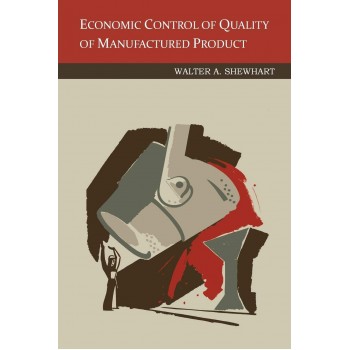

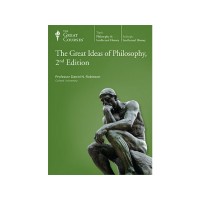


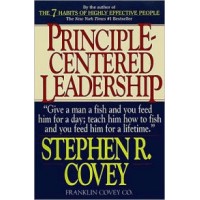

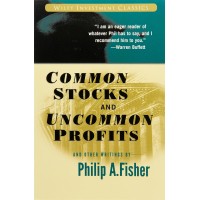

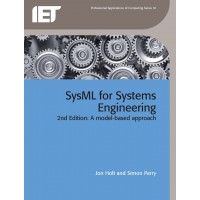

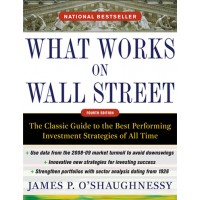

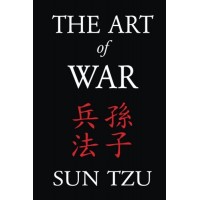

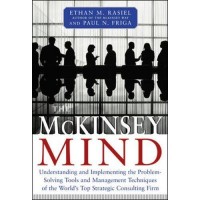

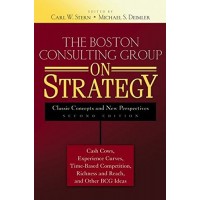
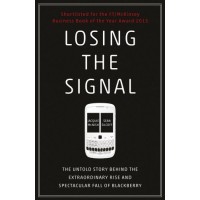






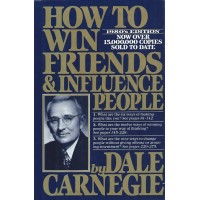


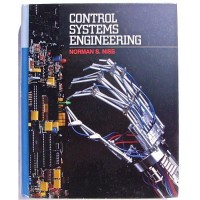
-200x200.jpg)


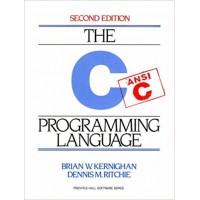




-200x200.jpg)



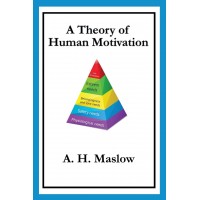

-200x200.png)
-200x200.jpg)



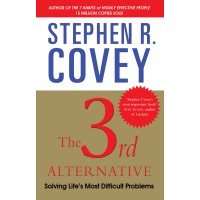

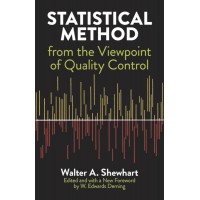
-200x200.jpg)
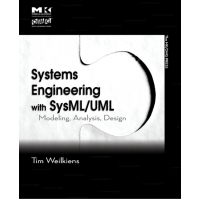
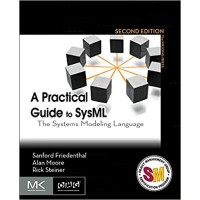




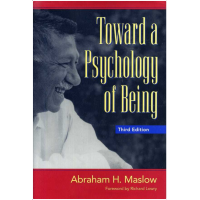



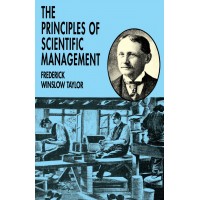
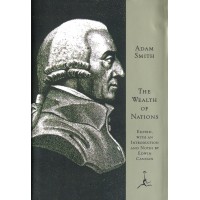
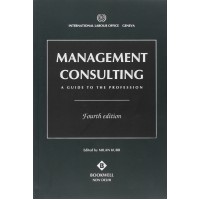
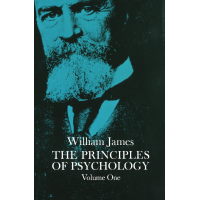
-200x200.jpg)
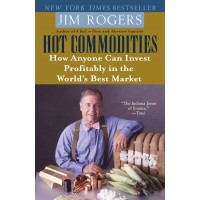

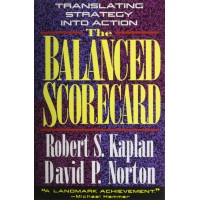
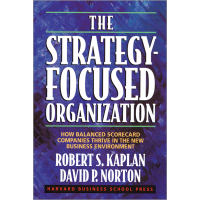




-200x200.jpg)
